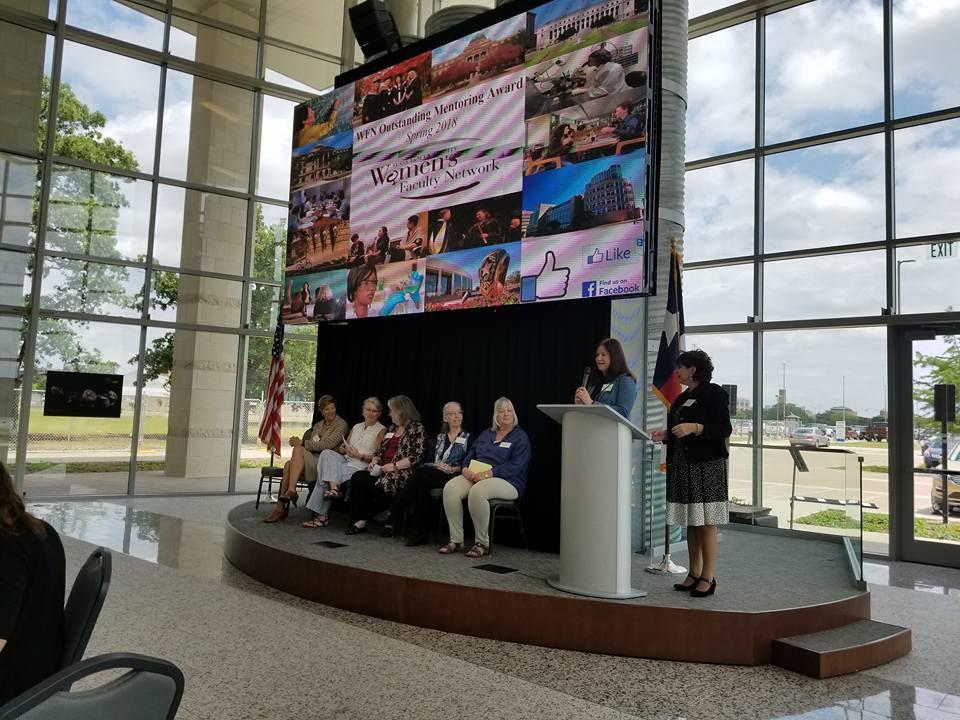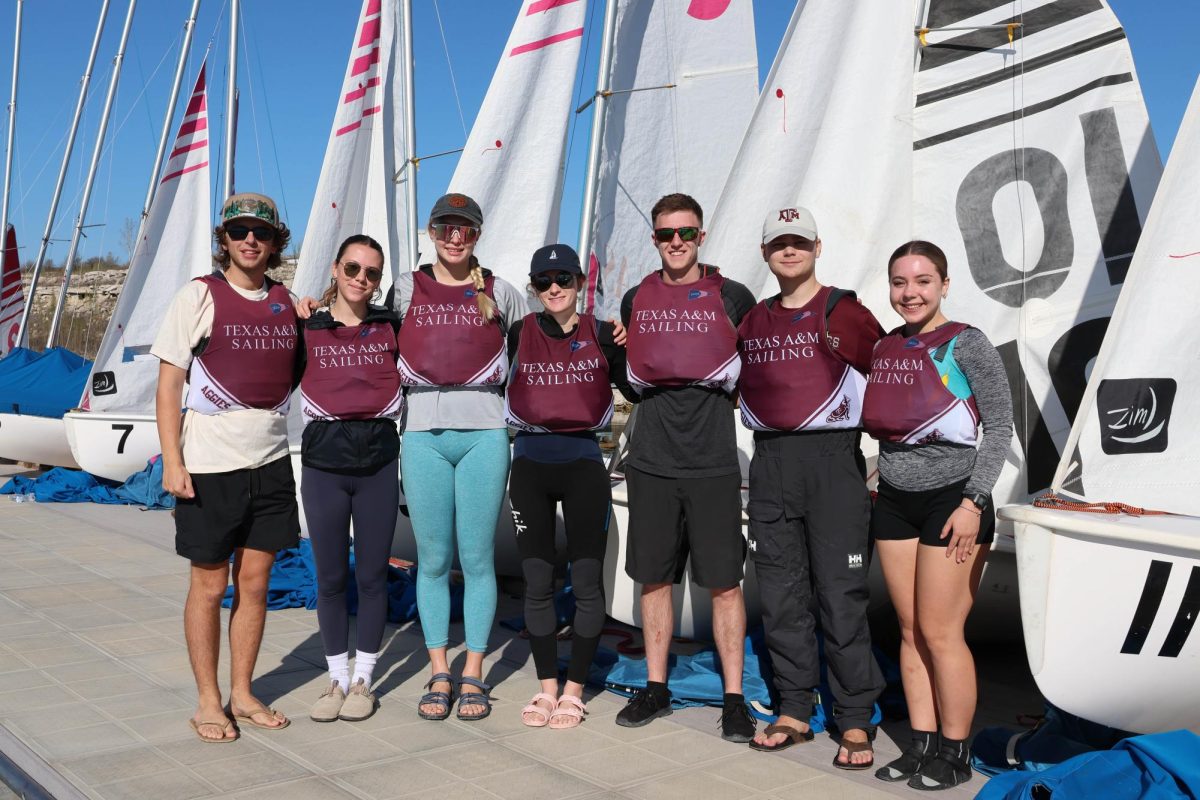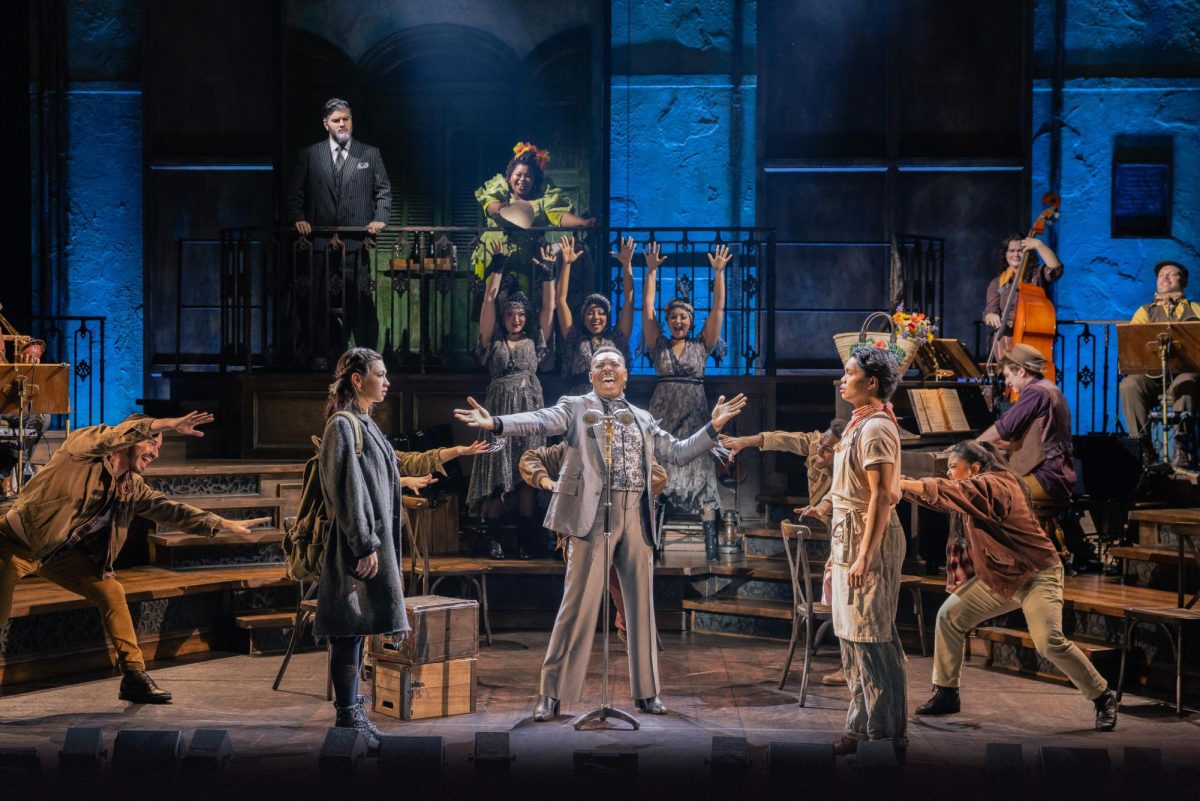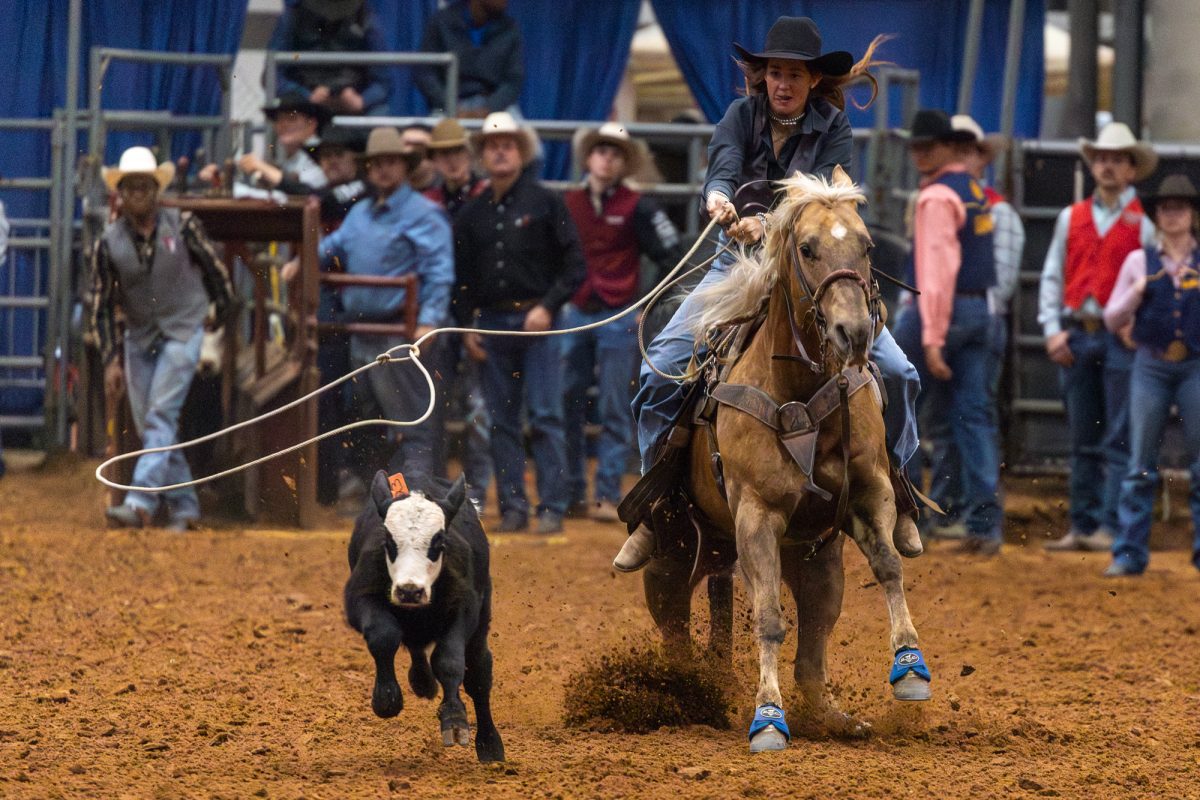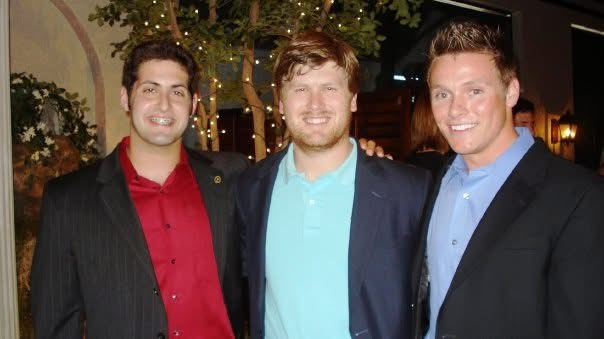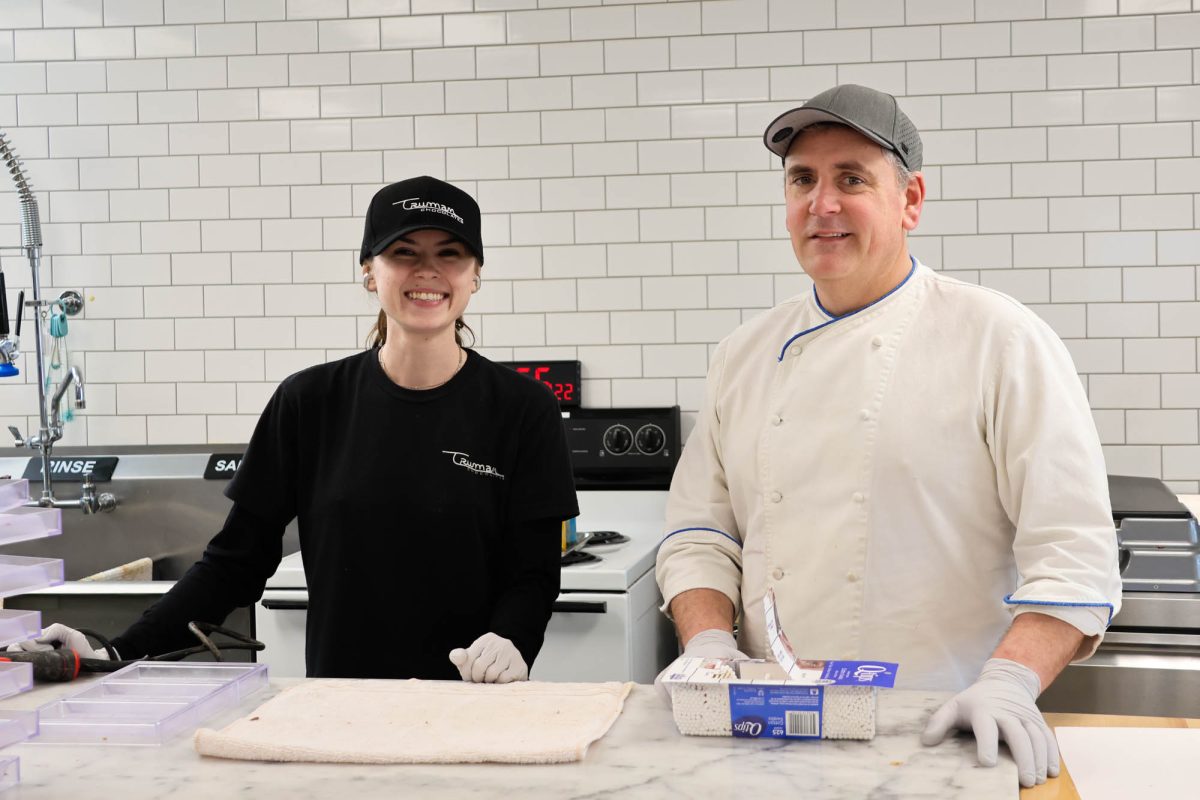In addition to the countless student-led organizations on campus, there are also numerous organizations for Texas A&M’s faculty.
Faculty members have organizations and networks based on similarities such as gender or religion, all of which can be found on A&M’s Office for Diversity’s homepage. These organizations hold meetings for their members, ranging from postgrads to professors, as well as events all throughout the academic year.
The Women’s Faculty Network (WFN) is an organization for female A&M faculty. WFN Vice President and research assistant professor of psychology Naomi Nagaya said her organization hosts events throughout the academic year open to all faculty.
“The purpose of WFN is to contribute to mentorship and career guidance opportunities for women faculty in order to enhance their retention and advancement at the university,” Nagaya said. “By joining this organization, I hope to contribute to an improved climate for women faculty.”
Gabriela Thornton, WFN President and instructional assistant professor of international affairs, said the organization strives to increase recognition of female professors in the academic world.
“We are developing right now … a database collaboration with the libraries that our women can enter their work there and we’re going to link it to other databases so we can promote more research for our women,” Thornton said. “I do not have data from A&M university, but we have data from Inside Higher Education and from other journals that deal with academic affairs — data which shows clearly that women are less cited than men in academia.”
Students and faculty can face similar issues when it comes to adapting to the cultural environment of the university. According to Indian Student Association board member Srikari Ayyagari, members of the Indian culture often have a hard time landing on their feet at A&M.
“Especially people that weren’t from a bigger city like Houston or Dallas or Austin, they did have a bit of a harder time fitting in,” Ayyagari said. “I feel like everyone ideally wants school to be like, ‘Everyone can be friends with everyone,’ but the truth is people kind of find people that look like them, with customs, cultures or speak languages similar to them, and trying to find that at a school this big can be intimidating. I think ISA is sort of a way, like a channel, for which that can be achieved.”
Both students and faculty face similar roadblocks when it comes to meeting people with the same experiences and backgrounds as them. Thornton said her involvement in WFN has provided serious social benefits.
“I think you make a lot of friends in the process,” Thornton said. “You learn how to work with people. You may learn your own limitations and how you can improve yourself.”




